Cooking for Canines: Super Charge Your Dog’s Diet with Beef Liver
Discover the Best Ways to Prepare Beef Liver for Your Canine Companion, A Vet-Approved Guide to Fresh and Nutritious Meals
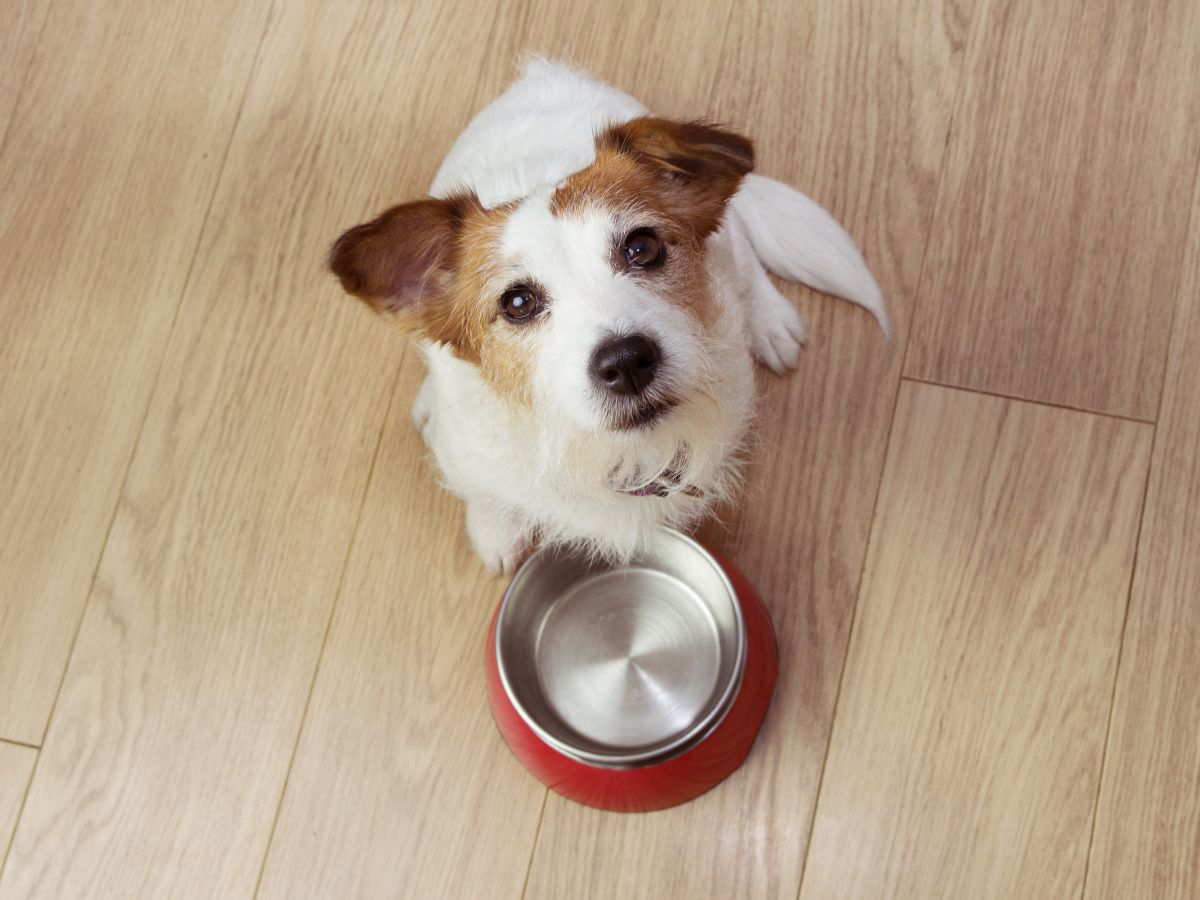
Cooking fresh foods for your dogs can be a rewarding and healthful choice in a world filled with processed dog foods and confusing dietary trends.
One such superfood that often flies under the radar is beef liver. Renowned for its rich nutrient profile, beef liver can be a game-changer for your pet’s diet when prepared correctly.
So, Let’s explore “How to Cook Beef Liver for Dogs,” providing vet-approved methods to ensure both safety and flavor, as well as explaining why incorporating fresh foods into your dog’s meals can be one of the best decisions you make for your beloved pet.
Table of Contents
Fresh Food: A Nutritional Boost for Your Furry Friend

Before delving into the details of preparing beef liver for your dog, let’s emphasize the importance of fresh, whole foods in your pet’s diet.
Just as humans benefit from a balanced diet that includes a variety of fresh ingredients, so do our furry friends.
Nutrient-Rich: Fresh foods like beef liver are packed with essential vitamins and minerals, giving your dog the nutrients they need to thrive.
Improved Digestibility: Fresh foods are often easier for dogs to digest, reducing the risk of digestive issues and allergies associated with processed foods.
Enhanced Palatability: Dogs often find fresh food more appealing, increasing mealtime enjoyment.
Better Weight Control: Whole foods can help maintain your dog’s optimal weight, preventing obesity and related health issues.
Healthier Skin and Coat: The nutrients in fresh foods can promote healthier skin, shinier coats, and overall vitality.
With these advantages in mind, beef liver is an exceptional option for your dog’s diet due to its nutrient density and great taste. However, preparing it correctly is crucial to ensure it’s safe and enticing to your pet.
How To Cook Beef Liver For Dogs?
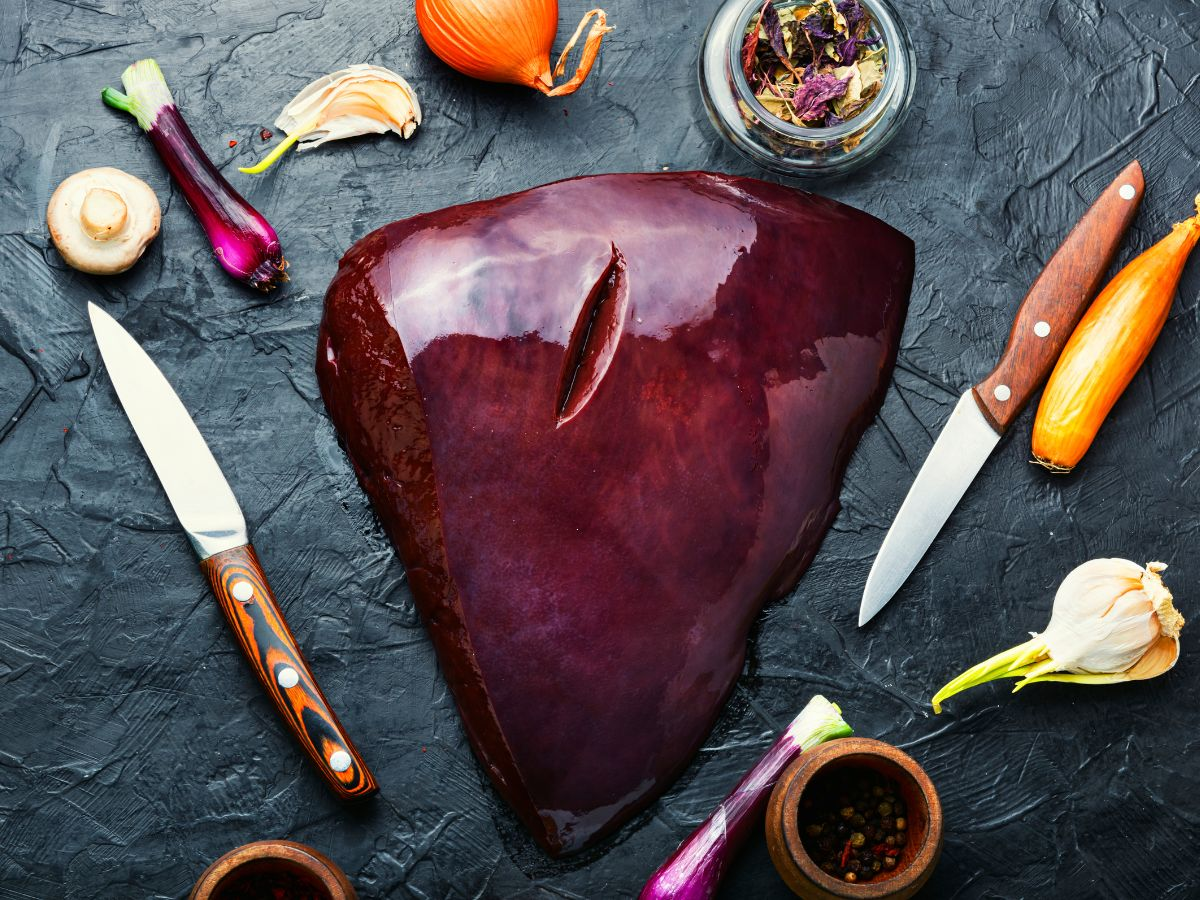
The Three best ways of cooking beef liver for dogs—boiling, baking, and pan-frying—primarily serve to make the liver safe and palatable for your canine companion while preserving its nutritional value.
Veterinarians often recommend these methods because they eliminate potential health risks associated with raw or undercooked meat and maintain the liver’s beneficial nutrients.
Boiling:

Boiling beef liver helps kill harmful bacteria and parasites that might be present in raw meat, making it safe for your dog to consume.
It softens the liver’s texture, making it easier for dogs to digest.
While some nutrients may leach into the cooking water, it retains many essential vitamins and minerals, making it nutritious.
Boiled Beef Liver:
Rinse the beef liver under cold water to remove excess blood.
Cut the liver into bite-sized pieces.
Place the liver in a pot and cover it with water.
Bring water to a boil, reduce the heat, and simmer for 10-15 minutes.
Remove the liver from the water, let it cool, and serve it to your dog. You can also mix it with their regular dog food.
Baking:
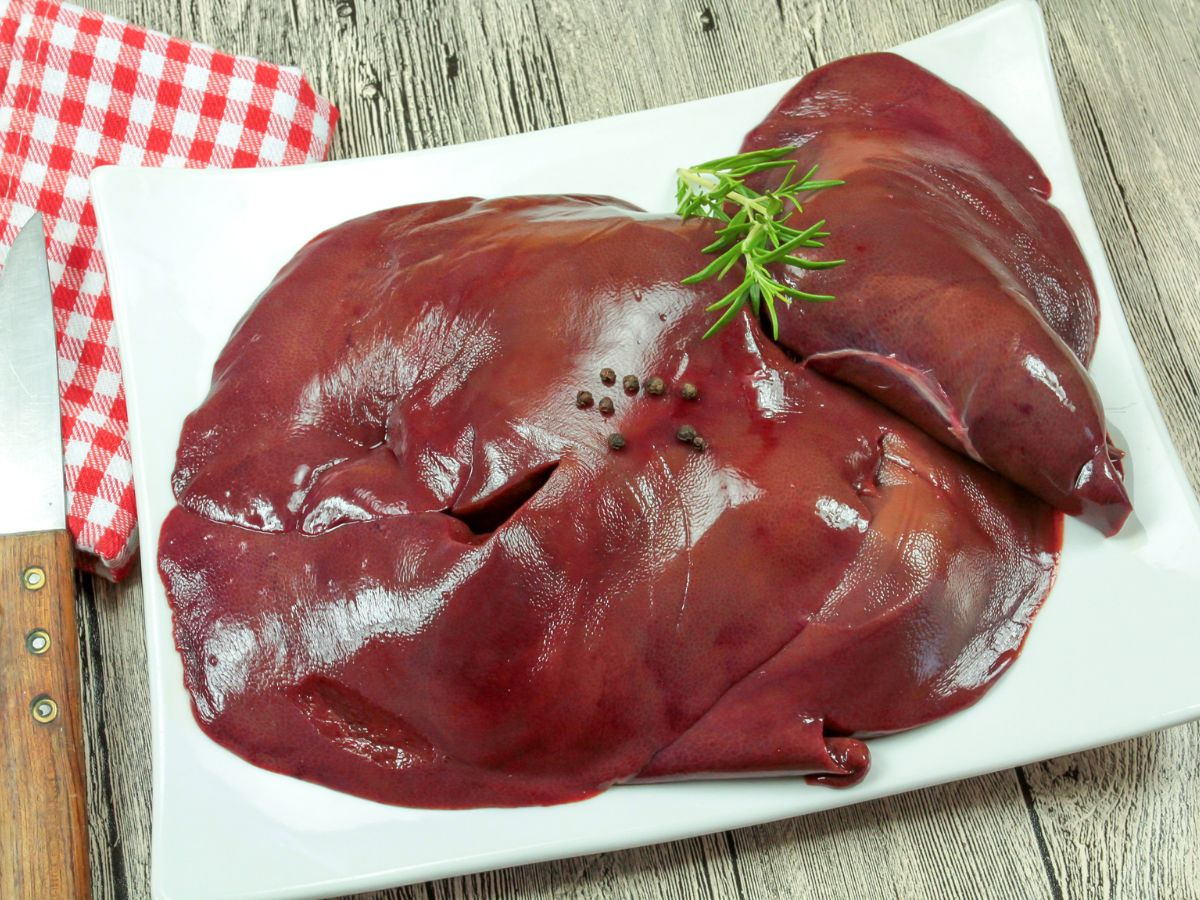
Baking beef liver also kills potential pathogens and parasites, ensuring it’s safe for your dog.
Baking lightly caramelizes the exterior, improving the liver’s taste and texture.
This method preserves more of the liver’s nutrients compared to boiling.
Baked Beef Liver:
Preheat your oven to 350°F (175°C).
Rinse the beef liver and pat it dry.
Slice the liver into thin strips or bite-sized pieces.
Place the liver pieces on a baking sheet.
Optionally, drizzle a small amount of olive or coconut oil over the liver to prevent it from drying out.
Bake the liver for 10-15 minutes or until it’s fully cooked. Cooking time may vary based on the thickness of the liver pieces.
Let the liver cool before serving it to your dog.
Pan-Frying:

Pan-frying sears the exterior of the liver, locking in moisture and enhancing flavor.
Like boiling and baking, pan-frying eliminates the risk of foodborne illnesses in your dog.
It offers a different texture than boiled or baked liver, which some dogs may find more appealing.
Pan-Fried Beef Liver:
Rinse the beef liver and pat it dry.
Cut the liver into bite-sized pieces.
Heat a small amount of olive or coconut oil in a pan over medium heat.
Add the liver pieces to the hot pan.
Cook the liver for about 3-5 minutes on each side, until it’s browned on the outside and cooked through. Avoid overcooking, as the liver can become tough if cooked too long.
Remove the liver from the pan, let it cool, and serve it as a treat or mix it with your dog’s regular food.
It’s important not to overcook the liver in all three methods, as excessive heat can overcook liver and make it tough and less palatable.
The key is to cook it until it’s safe while retaining essential nutrients. These methods are considered vet-approved when the liver is properly cooked and used in moderation as part of a balanced diet.
Remember, proper cooked beef liver ensures safety by eliminating harmful bacteria and parasites in cooked liver and enhancing the liver’s flavor and texture.

Incorporating fresh, nutrient-rich foods like beef liver into your dog’s diet can significantly contribute to their overall health and happiness.
However, it’s important to consult your veterinarian to determine the appropriate portion size and frequency of feeding beef liver to your dog, as individual dietary needs may vary.
So, if you’re ready to make a positive change in your pet’s diet, join us as we explore the world of “How to Cook Beef Liver for Dogs.” Your furry friend will thank you with wagging tails and joyful eyes.
FAQ and Additional Information:
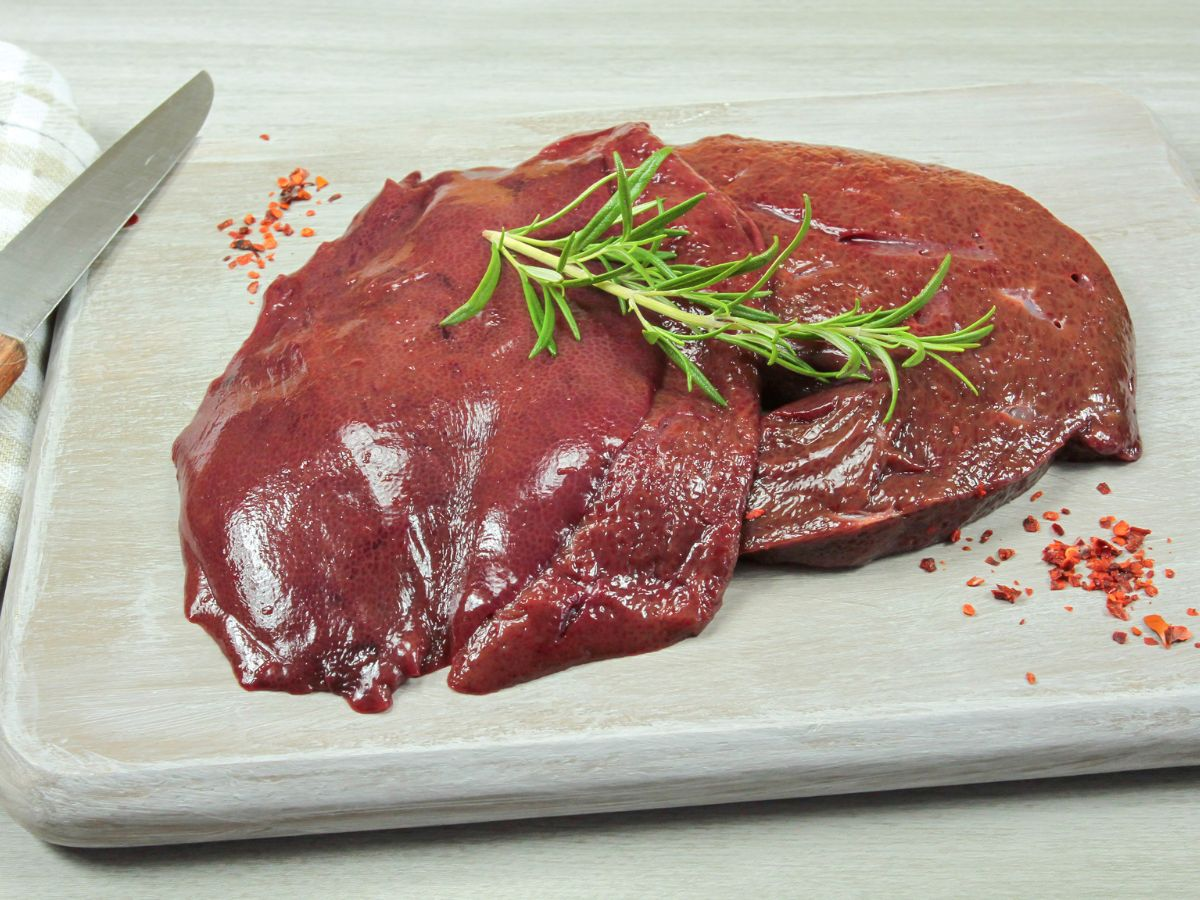
Is Beef Liver Healthier Than Chicken Liver?
Both beef liver and chicken liver are nutrient-rich organ meats, but they have some differences in their nutritional profiles. Here’s a comparison of beef liver and chicken liver:
Beef Liver:
1. Nutrient Density: Beef liver contains essential nutrients, including vitamin A, B vitamins (such as B12 and riboflavin), iron, copper, and zinc.
2. Fat Content: It typically contains more fat than chicken liver, which can benefit dogs needing extra energy or fat.
3. Iron Content: Beef liver is notably rich in iron, essential for forming red blood cells.
4. Taste and Texture: Some dogs may find the taste and texture of raw beef liver, to be stronger or less appealing than chicken liver.
Chicken Liver:
1. Lower Fat Content: Chicken liver generally has less fat than beef liver, making it a good option for dogs that require a lower-fat diet.
2. Milder Flavor: Chicken liver often has a milder flavor fry beef liver does, and many dogs find it more palatable.
3. Nutrient Content: While chicken liver is also rich in nutrients, it may have slightly lower levels of some vitamins and minerals compared to beef liver.
The choice between beef liver and chicken liver for your dog’s diet should take into account your dog’s specific needs and preferences. Here are some considerations:
1. Nutritional Needs: If your dog needs a higher fat content, more iron, or specific nutrients, one type of liver may be more suitable than the other. Consult with your veterinarian to determine which liver treats your dog’s specific dietary requirements.
2. Digestibility: Some dogs may have sensitivities to certain proteins, so it’s important to monitor your dog for any adverse reactions when introducing new foods.
3. Taste Preferences: Consider your dog’s taste preferences. Some dogs may prefer the milder flavor of chicken or turkey liver, while others may enjoy the stronger taste of beef liver.
4. Balance: Whichever type of liver you choose, it should be part of a balanced diet for your dog. It’s essential to offer a variety of foods to ensure your dog receives all the necessary nutrients.
Ultimately, both beef liver and chicken liver can be healthy additions to your dog’s diet when prepared and fed in moderation.
Is Beef Liver Safe for Dogs to Eat?
Having beef liver as a regular food item may help your dog metabolize its nutrients and vitamins to optimal levels. For dogs fed primarily steamed liver, boil it up before introducing it to the food. Beef liver has many beneficial nutrients such as vitamins A, B-vitamins, and iron, among others.
How Much Liver Should My Dog Eat?
How Much Beef Liver is Too Much Liver? A high dose of vitamin A may cause hypervitaminopathy A, so much vitamin B. During time excessive vitamin A could have the effects of osteoarthritis and muscle weakness, reproductive organs, digestive difficulties and weight loss. medium sized dog should have an optimum diet that is homemade liver dog does not contain 5% meat.
Can My Dog Eat Raw Liver?
Cooking Beef Liver for your dog can be a topic of debate among pet owners and veterinarians. While some proponents of raw feeding advocate for including raw liver in a dog’s diet due to its nutrient content, there are important considerations to remember.
Pros of Feeding Raw Liver:
1. Nutrient-Rich: Raw dog liver is packed with essential nutrients such as vitamins, minerals, and proteins, which can benefit your dog.
2. Palatability: Many dogs find the taste and texture of raw liver appealing, making it a popular choice among raw feeders.
Cons and Considerations:
1. Bacterial Contamination: Like any raw meat, raw liver can carry harmful bacteria such as Salmonella and E. coli. These pathogens can pose health risks to your dog, eat liver, and your dog and you, especially if you handle the raw liver.
2. Nutritional Imbalance: Full Of Essential Fatty acids and Vitamin Rich protein Eating too much liver can lead to an imbalance in certain nutrients, particularly vitamin A. Too much vitamin A in the liver can be toxic to dogs.
3. Parasites: Liver is a common site for parasites in animals. Feeding raw liver can increase your dog’s risk of parasitic infections, risking your dog’s health.
4. Portion Control: Feeding your dog raw liver slices should be done in moderation and as part of a balanced diet. Too Much Liver, Whether cooked live or raw organ meat, can lead to digestive upset and nutritional imbalances that make your dog sick.
To safely incorporate raw liver into your dog’s diet, consider the following guidelines:
1. Source Quality Liver: Ensure the liver is high quality and safe for consumption. Purchase it from a reputable source.
2. Practice Safe Handling: Take precautions when handling fried liver or other organ meats to minimize the risk of contamination. Wash your hands, utensils, and surfaces thoroughly after handling organ meat.
3. Portion Control: Offer raw liver meat in small, controlled portions. Fresh liver should only comprise a small percentage of your dog’s diet.
4. Monitor Your Dog: Monitor your dog for any signs of digestive issues or allergies when introducing new foods, including raw liver.
5. Consult Your Veterinarian: Before Your Dog Eats cooked beef liver, consult your veterinarian to ensure it aligns with your dog’s specific nutritional needs and health condition with cooking beef liver.
It’s worth noting that commercial raw dog food products are carefully formulated to meet your dog’s nutritional requirements while minimizing the risks associated with a raw diet.
Other Liver for dogs
Lamb Liver, cook turkey liver, chicken livers, cook chicken liver, boil beef liver, and frozen cooked liver.
Similar Articles You Will Love:
How To Cook Carrots For Dogs
How To Cook Farro In Rice Cooker
How To Clean Beef Liver– YouTUBE

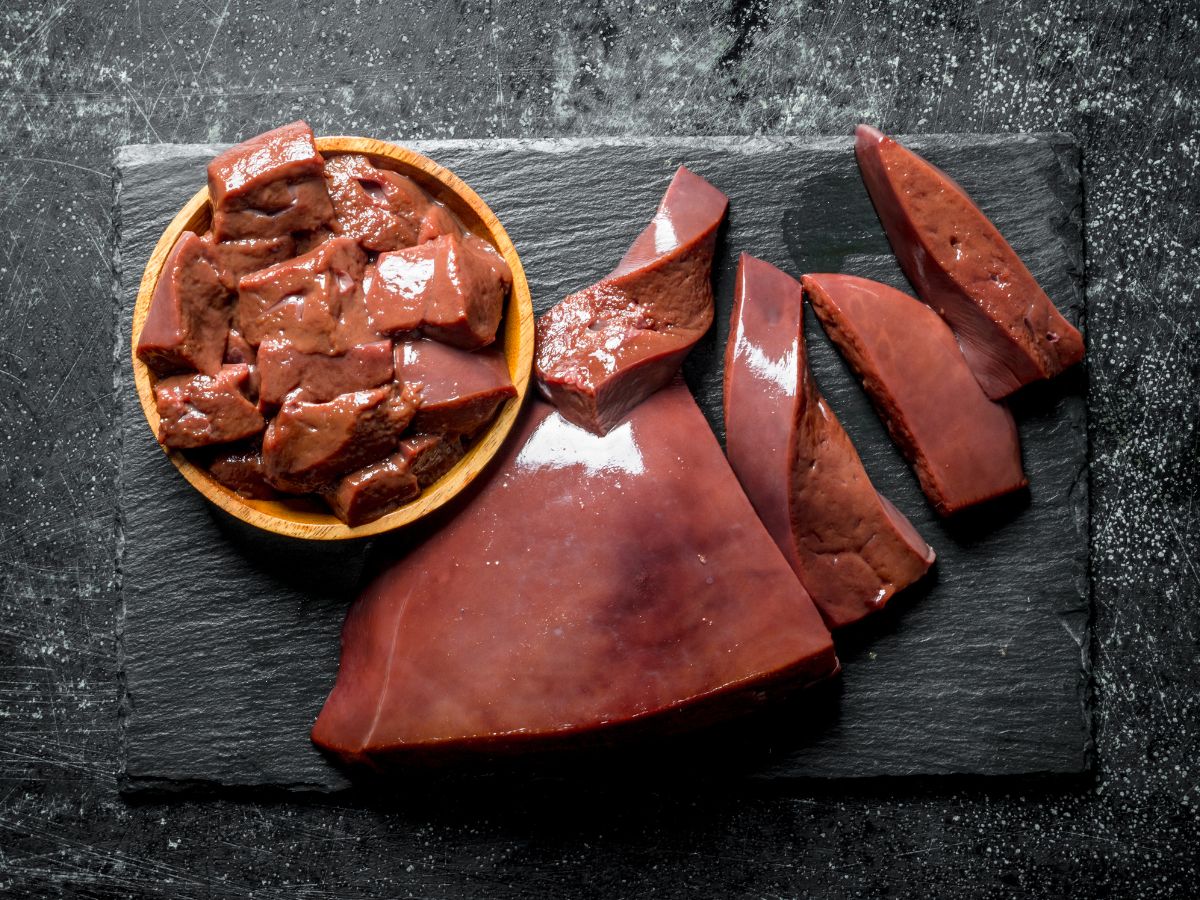
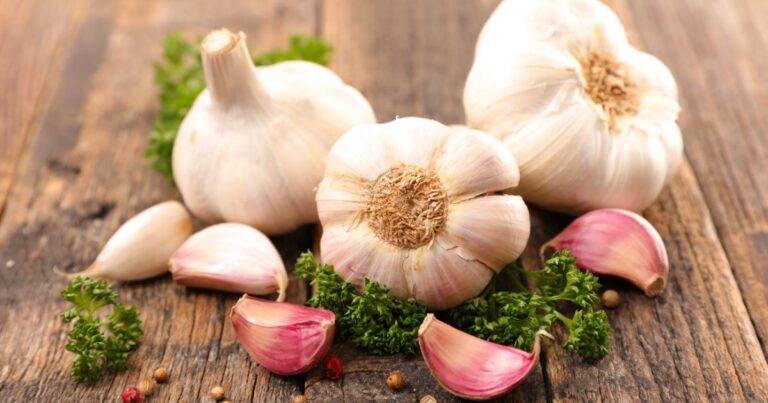

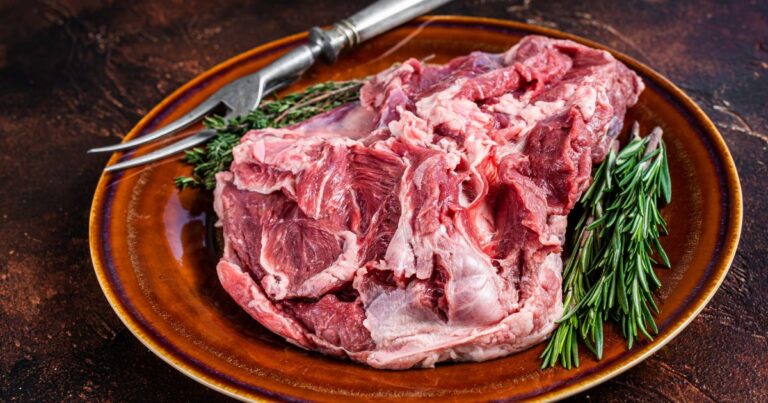



One Comment